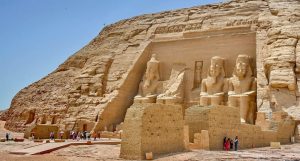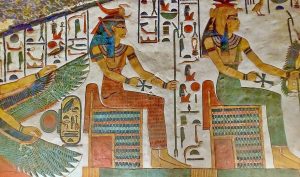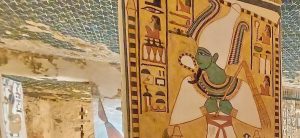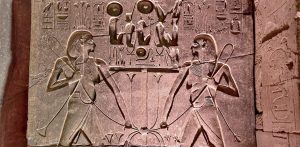The ancient Egyptian tombs played a crucial role in the beliefs and culture of ancient Egyptian society. They were constructed with great care and designed to protect the body of the deceased as they transitioned to the afterlife. Here is some research about tombs in ancient Egypt.
Importance of Tombs:
In ancient Egypt, the dead were believed to enter into an afterlife, where they would spend eternity. The body needed to be preserved and protected, and the tomb provided this safe space for the body to rest. The ancient Egyptians believed that the body was necessary for the soul to continue into the afterlife, so they made sure to bury their dead with all the essentials they thought the person would need to live comfortably beyond death.
Construction and Design:
The design and construction of Egyptian tombs evolved, with the earliest tombs consisting of simple mastabas (flat-roofed structures) made of mud brick and later progressing to complex underground tombs made of stone. Early tombs were simple single-chamber buildings, while later tombs could have multiple chambers connected by corridors and staircases. Tombs were often decorated with hieroglyphs, images of the pharaoh, and scenes of everyday life and the afterlife.
Types of Ancient Egyptian Tombs:
During the Old Kingdom, ancient Egyptians built mastabas, which were flat-roofed structures above a burial chamber. During the Middle Kingdom, the rock-cut tombs in the Valley of the Kings became popular. These tombs were carved into the hillsides and contained many burial chambers, corridors, and storage rooms, giving the tomb occupants a more luxurious resting place. In the New Kingdom, the pharaohs built their tombs in the Valley of the Queens.
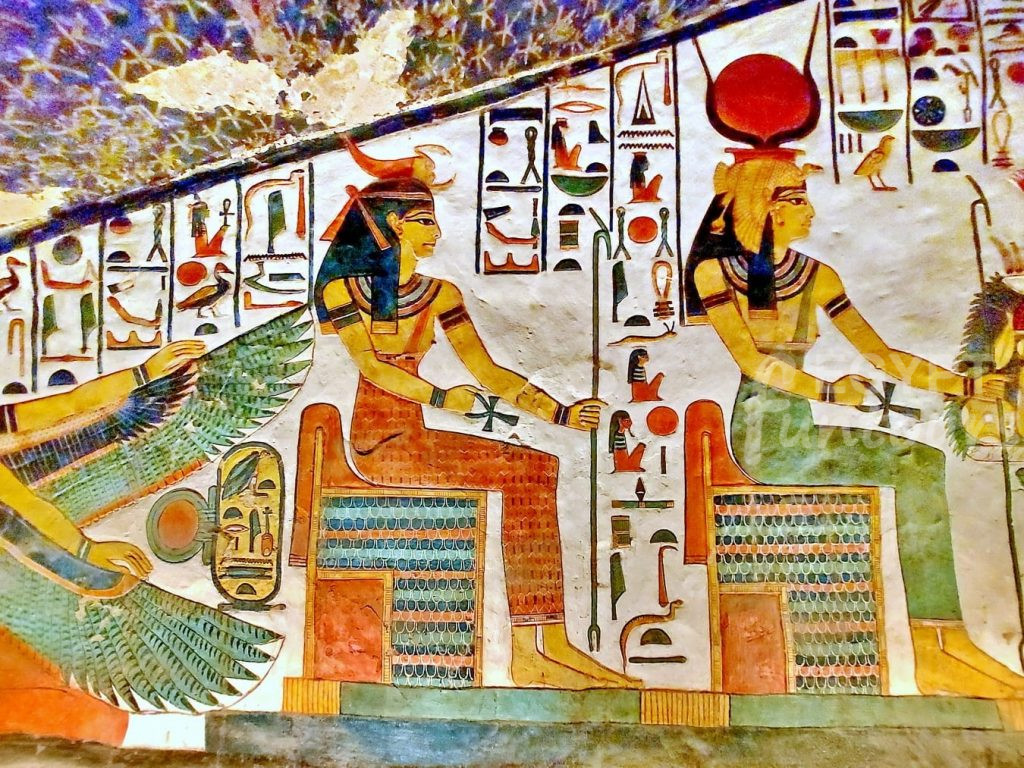
Ancient Egyptian tombs are classified into two types: royal tombs, such as the pyramids and the Valley of the Kings, and high official tombs, such as the mastabas at Saqqara and Giza. There is a significant difference between the two sorts.
The images in royal tombs are all about the afterlife, but those in high official tombs are primarily about daily life. Expect to witness representations of deities on the walls of the royal tombs, such as the Valley of the Kings and the Valley of the Queens in Luxor.
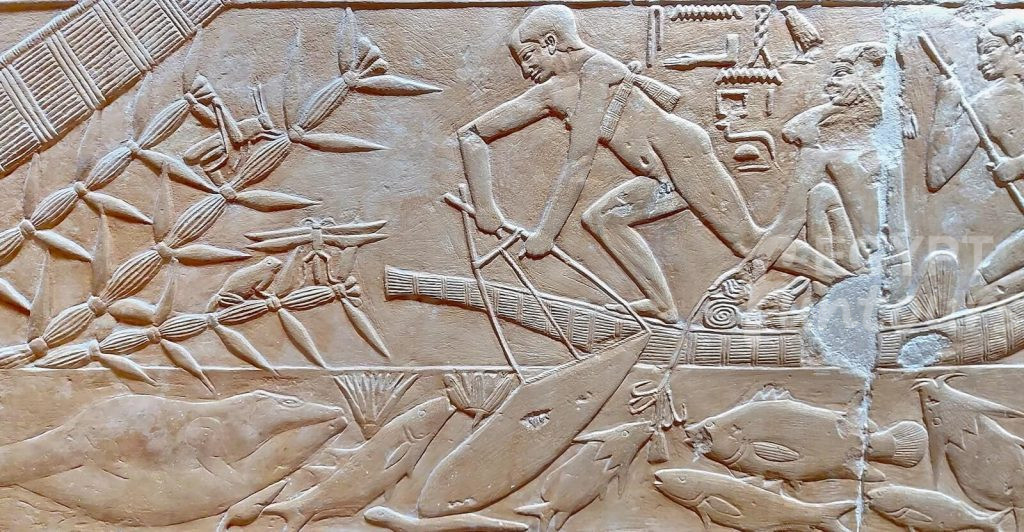
Examples of images on royal tombs include the king or queen standing in front of a deity or goddess, as well as religious writing and portrayals of the afterlife and the last judgment. Examples of scenes from high official tombs include fishing, harvesting, manufacturing, and breeding animals and birds.
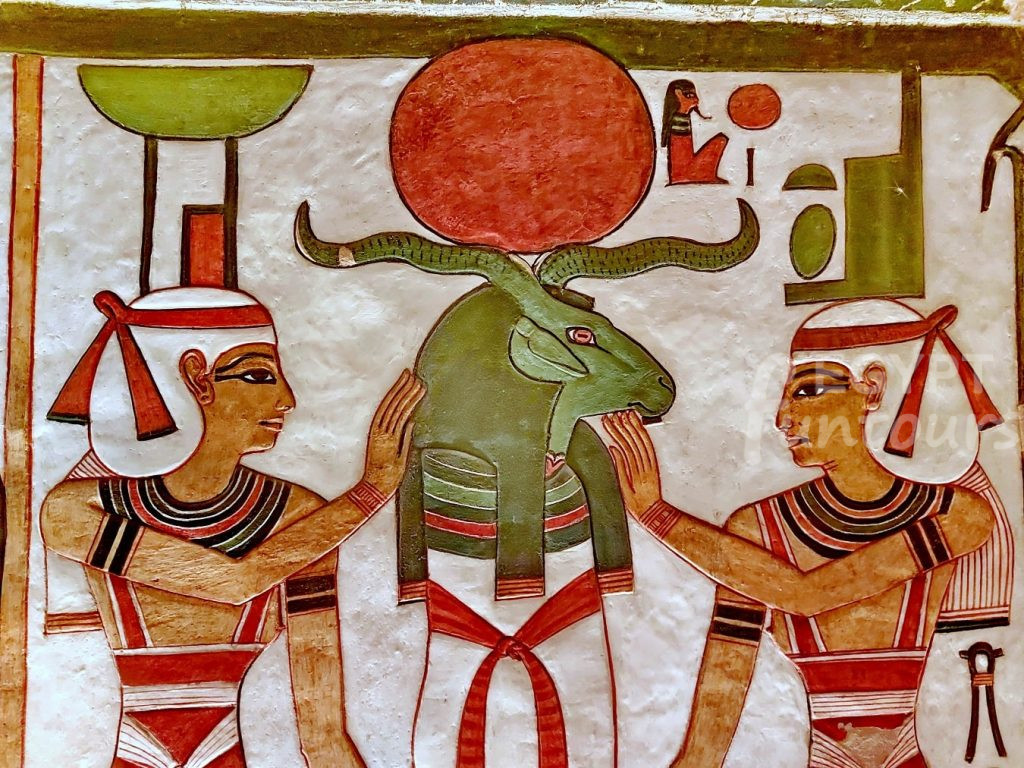
The Royal Tomb evolved from a basic shaft beneath the earth to a modest structure above ground (known as a Mastaba), then to the shape of a pyramid, and finally to a massive Tomb cut into a mountain in a valley!
The high official tomb began as a modest shaft under the earth, progressed to a Mastaba, and then to a tomb cut in a mountain.

Both sorts of burials can only be discovered on the Nile’s Western bank, since the ancient Egyptians believed in the Sun as their principal deity, hence morning gave them life and sunset gave them death.
Burial Goods:
The ancient Egyptians believed that the dead required food, drink, and other necessities in the afterlife, so they would place various objects in the tomb. Burial goods included food, clothing, jewelry, furniture, and other items. The tomb would also include elaborate funerary texts to aid the deceased in the afterlife, such as the Book of the Dead.
Significance of the Ancient Egyptian tombs:
The tombs of ancient Egypt are significant because they provide an insight into the culture, beliefs, and daily lives of ancient Egyptians. The art and writings found on the tombs depict how they viewed death; their religious beliefs, hieroglyphics, and carvings describe the daily life of the ancient Egyptians’ clothing, food, and other property they had.
In conclusion, tombs were an integral part of ancient Egyptian society’s culture, religious beliefs, and social status. They were carefully designed and decorated to ensure the deceased was kept safe in the afterlife, and burial goods were placed for that purpose. Tombs provide valuable insight into ancient Egyptian society and their religious beliefs.
If you want to study more about the Ancient Egyptian tombs, click here

